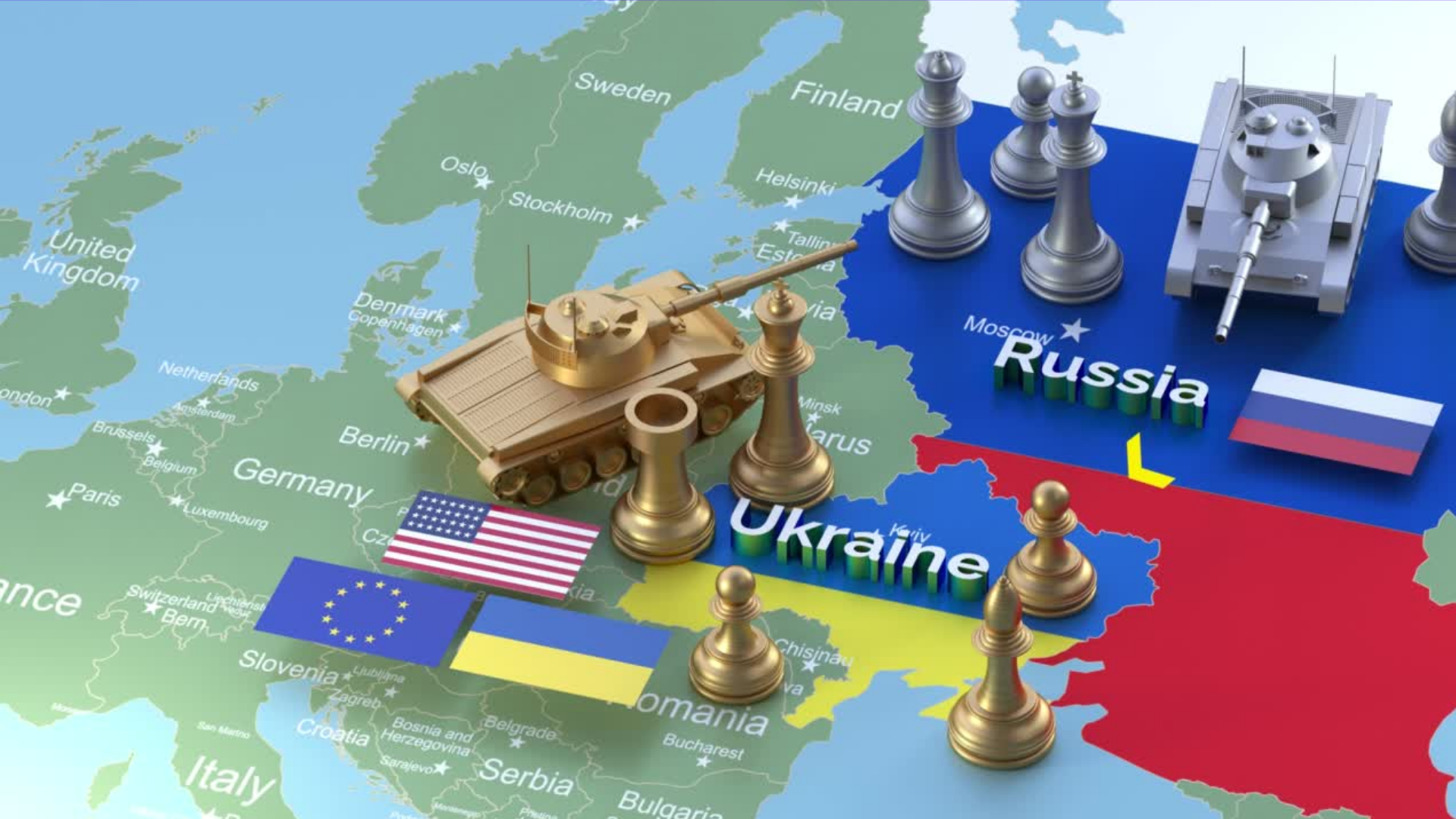Sam New, Sr. Principal Analyst, Supply Chain Research, Gartner
The crisis in Ukraine is escalating quickly and it is hard to predict what will happen next. Unpredictability is bad news for supply chains that rely on safety and are so interconnected that a single problem could cause major issues. We spoke to Sam New, Sr. Principal Analyst, Supply Chain Research, Gartner, about how supply chains are being affected by Ukraine’s crisis, what can be done to prepare better and what sectors will be most affected.

‘For Putin, unpredictability is almost a tool,’ New begins when asked how important Ukraine is for global supply chains and what impact the current events are having on the industry. Depending on how the conflict develops global supply chains could be seriously affected but experts are hoping this would not happen. ‘We have to be careful what assumption we are making. From a supply chain and commercial point of view we have to be prepared for a variety of situations.’
Ramping Up Wartime Supply Chains
If we see large, full scale armed conflict we can get into a level of aggression that we have not seen in the post-war era in Europe. Gartner believes that this could have a substantial immediate and medium term effect on global supply chains. That in turn will necessitate some degree of reorganisation and likely mandated production plants – typically invoked for wartime support.
The fears about materials’ availability will be amplified. That could cause production capacity issues and problems outside of the direct conflict. ‘There won’t be just an isolated shock but something that could be more widespread,’ New explains. ‘The areas we can see some impact would be places like China, Vietnam and the South China Sea trade routes.’
Ukraine’s Place
Supply chains around the world are extremely connected and Ukraine is not an exception. This could have negative effects on material availability, production capacity and logistics constraints. In addition, energy prices and availability would also cause headaches. Global capital flows will also be affected.
New believes that both sides of the conflict would be able to ramp up their wartime supply chains. ‘Certainly Russia has the capabilities to supply munitions if needed. We will see what NATO’s response will be. It is still not clear what the role of NATO will be and it is ambiguous in terms of production ramping up for war time.’
Commercial Impact
According to New businesses would have to qualify additional sources of supply. This would include raw materials, which are expected to be in short supply, as well as finished goods. Another thing that would need to be done is examining alternative routes for logistics networks. ‘Brand owners and producers of finished goods, both B2B and B2C, need to take a look at the relationship they have with their strategic external partners and that would enable them to lean on external manufacturers, 3PLs, 4PLs.’
There could be an impact not only to raw materials and sourcing but also intermediate goods. ‘We cannot also ignore the impact on logistics networks,’ New continues. ‘This could have an impact on every discipline across the supply chain.’ This would depend on how things develop and what the outcome is.
Sanctions
Sanctions would have a short to medium term negative impact on Western businesses. Price heights, short term thinking and opportunistic partnerships could be a result of the sanctions. ‘The main thing we could see is an injection of fresh volatility into the markets,’ New comments. ‘What we know is that markets hate uncertainty and that gets back to reexamination of the supply chain network at each node.’
New finishes by summarising what supply chain managers need to be aware of. The conflict could lead to key material shortages – critical minerals and energy; material costs’ increase is also likely; we could see severe shocks to production impact – particularly electronics and chemicals; capacity constraints and slowing down key ports and route ; cybersecurity bridges should not be ignored as in the age of IoT whole manufacturing facilities could be impacted.

